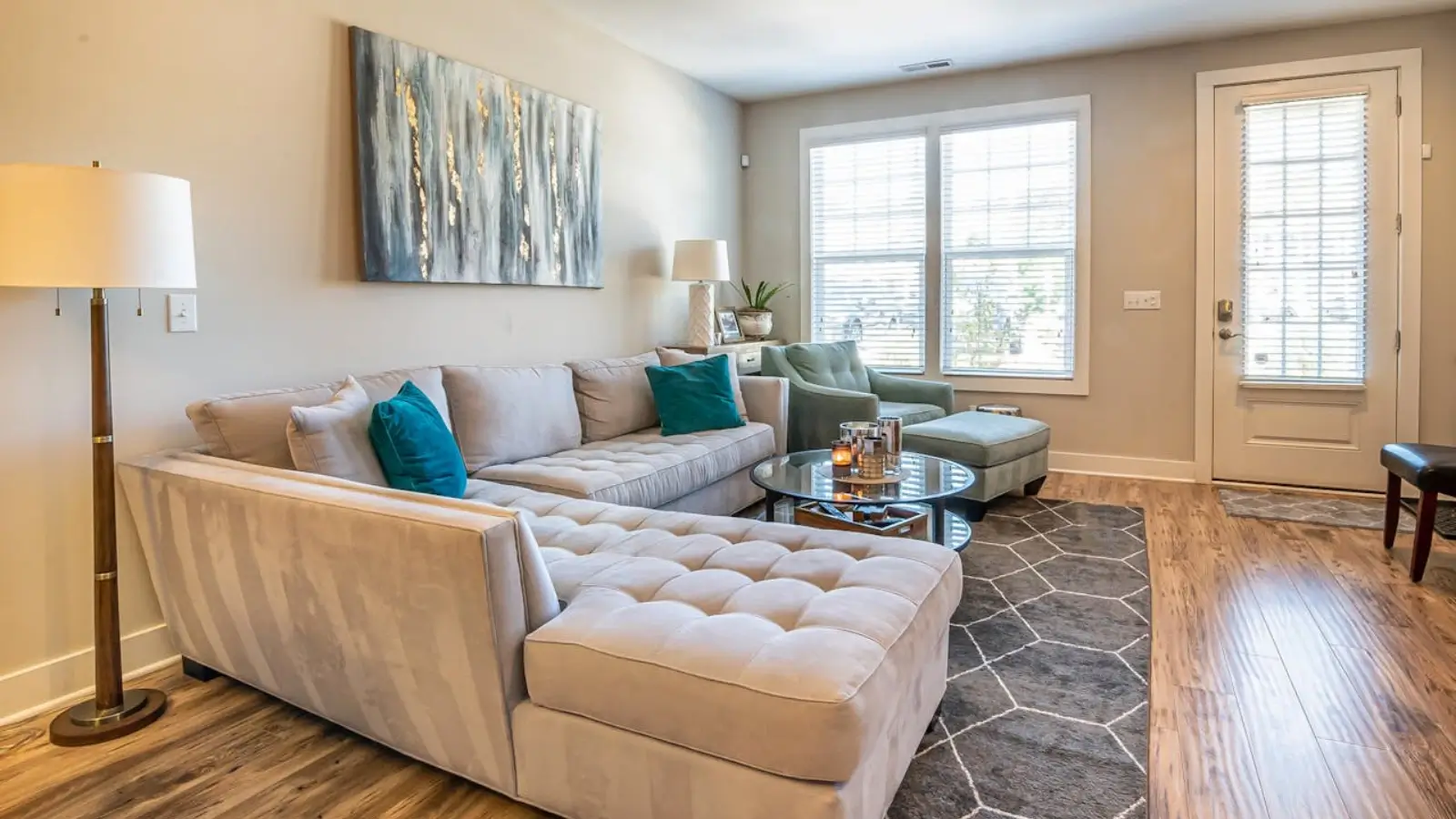


Choosing furniture that works for your actual lifestyle while looking good requires balancing aesthetics, functionality, space constraints, and budget realities. When browsing furniture stores hoppers crossing options, you're not just picking pieces that look nice in a showroom—you need items that fit your specific rooms, withstand daily use, and complement your existing style. This involves understanding material quality, construction methods, proper sizing for spaces, and how different furniture types serve different needs. This guide examines room-by-room furniture selection, what separates good construction from cheap stuff that falls apart, how to measure and plan layouts effectively, and strategies for creating cohesive looks without overspending.
Your living room sees the most traffic and varied use, so furniture here needs serious durability. Sofas are the centerpiece investment—expect to pay more for something that lasts. Frame construction matters hugely. Hardwood frames (oak, maple, birch) last decades. Softwood frames (pine) are cheaper but less sturdy. Engineered wood and particleboard frames are budget options that won't survive heavy use long-term.
Joint construction tells you about quality. Corner blocks screwed and glued into place create strong joints that don't loosen over years of use. Stapled-only joints will eventually fail. If you can see how corners connect (sometimes there's exposed fabric underneath at the back), check for those reinforcing blocks.
Cushion fill affects both comfort and longevity. High-density foam holds shape better than cheap foam that compresses flat within a year. Down-wrapped foam gives that plush feel while maintaining support. Pure down or fiber fill looks luxurious but needs constant fluffing and loses shape faster.
Fabric choice depends on your life. Got kids or pets? Microfiber, leather, or performance fabrics stand up to spills and wear. Linen and velvet look amazing but stain easily and show wear. Light colors are high maintenance no matter the material.
Coffee tables and side tables need to be proportional to your seating. A coffee table should be roughly two-thirds the length of your sofa and about the same height as your seat cushions, maybe an inch or two higher. Side tables should be level with or slightly lower than the sofa arms for convenient reach.
TV stands or entertainment units need to account for your actual TV size plus any equipment. Measure before you shop—a 65-inch TV needs at least a 60-inch stand, ideally wider. Make sure there's enough depth for your components and proper ventilation if you're enclosing things.
Bed frames are permanent enough that quality matters. Metal frames are durable and affordable but can be noisy—joints squeak if not properly maintained. Solid wood frames are sturdy and silent but cost more. Upholstered frames look plush and comfortable for sitting up in bed but are harder to clean and can harbor dust.
Platform beds with built-in slats eliminate the need for a box spring, saving money and keeping things lower profile. Storage beds with drawers underneath maximize space in smaller rooms but sit higher, which affects the room's proportions and feel.
Mattress selection deserves its own research, but your frame choice affects options. Some frames require box springs, others don't. Check compatibility before buying.
Wardrobes and dressers need enough depth to actually fit your clothes. Standard drawers are 18-20 inches deep. Shallower looks sleek but might not fit your stuff. Check drawer construction—dovetail joints on the corners and smooth-gliding runners mean quality. Drawers that are just stapled together and sit on plastic tracks will frustrate you constantly.
Nightstands should be proportional to your bed. A king-size bed looks ridiculous with tiny nightstands. They should be similar height to your mattress top or slightly lower for easy reach while lying down.
Dining tables need space around them as much as for them. Plan for at least 36 inches between the table edge and walls or other furniture so chairs can pull out and people can walk behind seated diners. That means a room needs to be about 11 feet wide for a standard table that seats six.
Table shape affects how many people fit. Rectangular tables seat the most but can feel distant in smaller groups. Round tables feel intimate and conversational but seat fewer people for their footprint. Square tables work for smaller spaces and even numbers of diners.
Extension mechanisms on dining tables add flexibility but reduce everyday stability slightly. Leaves that store separately can get lost or damaged. Butterfly leaves that fold under the table are convenient but add bulk underneath.
Chair comfort matters if you actually use your dining room. High backs provide support for long meals. Armchairs at the heads feel more formal. Benches fit more people but aren't comfortable for extended sitting. Mix seating types for flexibility.
Material durability for dining furniture is crucial—this area deals with spills, hot plates, and heavy use. Wood tables need proper finishing to resist water damage and heat. Glass tops show every smudge but are easy to clean. Marble looks stunning but stains and etches from acidic foods.